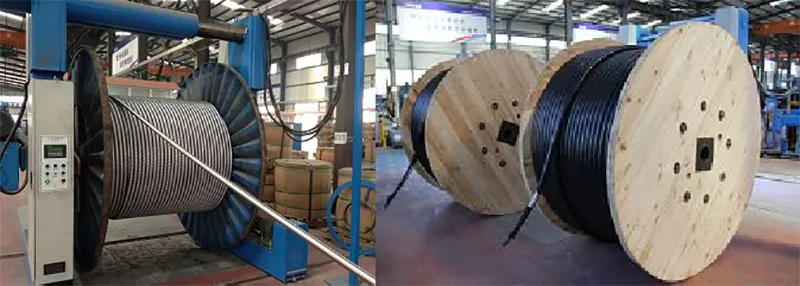10 月 . 05, 2024 20:20 Back to list
butterfly valve with gear box
Understanding Butterfly Valves with Gearboxes
Butterfly valves are essential components in various industrial applications, renowned for their simple design, lightweight structure, and efficient flow control capabilities. Among the different configurations of butterfly valves is the version equipped with a gearbox. This combination enhances the performance and usability of the valve in diverse operational contexts.
What is a Butterfly Valve?
A butterfly valve consists of a circular disc or vane that rotates around a central axis to control the flow of fluid through a piping system. When the disc is parallel to the flow, the valve is fully open, allowing maximum fluid passage. Conversely, when the disc is perpendicular to the flow, the valve is fully closed, effectively stopping the flow. The simplicity of this design provides significant advantages, including quick open/close action and minimal pressure drop across the valve when fully opened.
Role of Gearboxes
In many applications, the actuation of a butterfly valve requires considerable torque, particularly when dealing with larger valves or high-pressure systems. This is where a gearbox becomes beneficial. Gearboxes are mechanical devices that modify the output speed and torque from a motor or actuator to effectively control the valve’s position. By incorporating a gearbox, operators can overcome the challenges posed by high resistance and achieve smoother operation.
Applications of Butterfly Valves with Gearboxes
Butterfly valves with gearboxes are commonly found in a variety of industries, including water treatment, oil and gas, chemical processing, and HVAC systems. For instance, in water treatment facilities, they help regulate the flow of water through the filtration and purification stages. In the oil and gas sector, these valves ensure the safe delivery and control of hydrocarbons, allowing operators to manage flow rates effectively under varying pressure conditions.
butterfly valve with gear box

Advantages of Using Gearbox-Equipped Butterfly Valves
1. Enhanced Control The addition of a gearbox allows for more precise control of the valve position. This improved control is crucial in processes that require fine adjustments to fluid flow, such as in chemical dosing applications.
2. Increased Torque Multiplication Gearboxes increase torque output while reducing the speed of operation. This is particularly beneficial when dealing with larger valves that require higher torque to operate effectively.
3. Reliable Performance Gearbox-equipped butterfly valves are designed to withstand harsh operating environments. The robust construction of the gearbox contributes to the overall durability of the valve, ensuring reliable performance over time.
4. Space Efficiency Compared to other valve types, butterfly valves occupy less space. When combined with a compact gearbox, they are ideal for installations where space is limited.
5. Cost-Effectiveness These valves are generally more cost-effective than gate or globe valves, especially in large-scale installations. Their lower manufacturing and installation costs, combined with reduced maintenance needs, result in significant savings for operators.
Conclusion
Butterfly valves with gearboxes represent a practical solution for industries requiring efficient and reliable flow control. Their design not only facilitates ease of operation but also enhances the accuracy and reliability of fluid management in various applications. As industries continue to evolve and demand more sophisticated control systems, the combination of butterfly valves and gearboxes will undoubtedly remain integral to effective process management and operational success. Whether in the chemical industry, water treatment, or energy production, these valves are set to play a crucial role in the future of fluid dynamics.
Share
-
Understanding the Differences Between Wafer Type Butterfly Valve and Lugged Butterfly ValveNewsOct.25,2024
-
The Efficiency of Wafer Type Butterfly Valve and Lugged Butterfly ValveNewsOct.25,2024
-
The Ultimate Guide to Industrial Swing Check Valve: Performance, Installation, and MaintenanceNewsOct.25,2024
-
Superior Performance with Industrial Swing Check Valve: The Essential Valve for Any SystemNewsOct.25,2024
-
Industrial Swing Check Valve: The Ideal Solution for Flow ControlNewsOct.25,2024
-
You Need to Know About Industrial Swing Check Valve: Functionality, Scope, and PerformanceNewsOct.25,2024